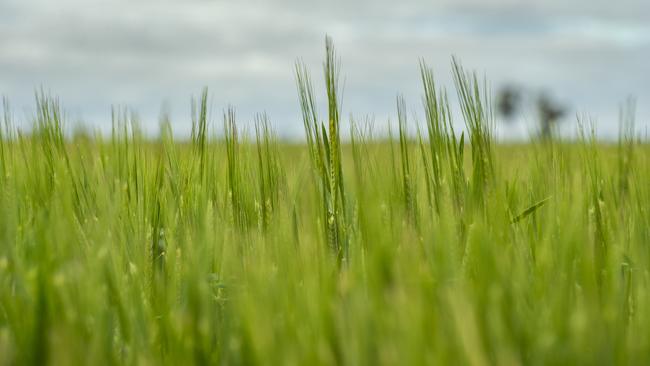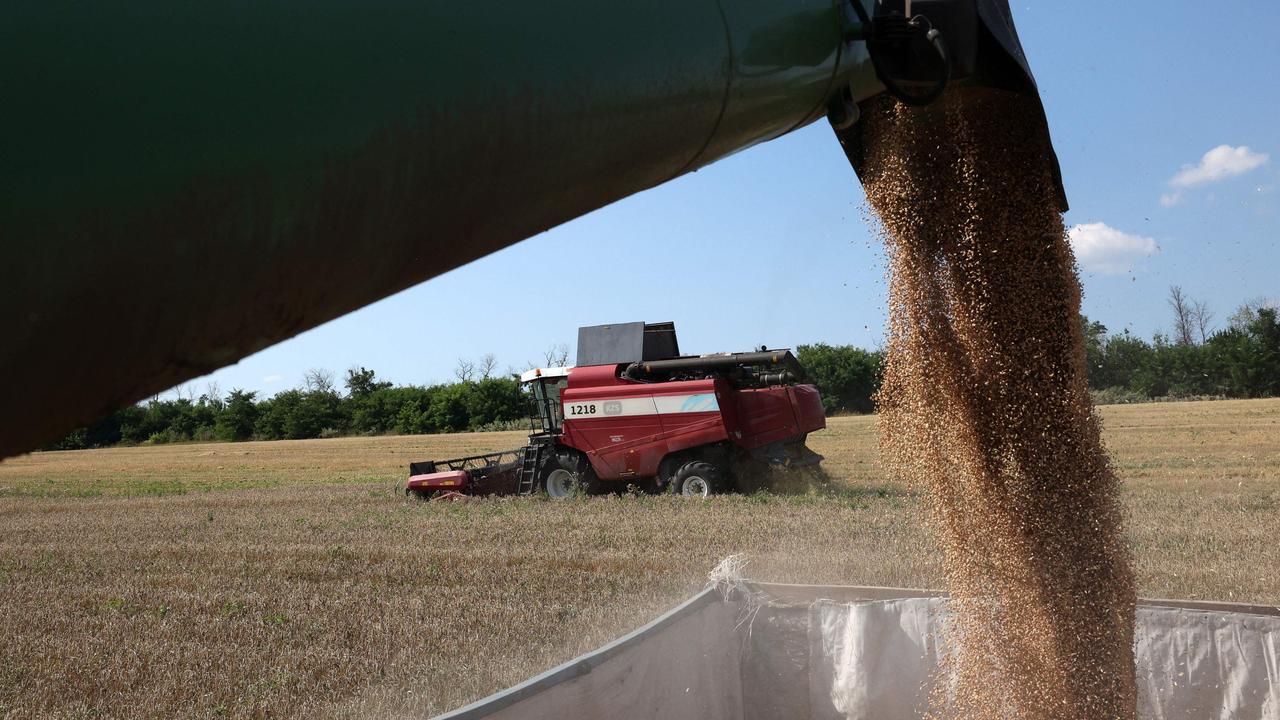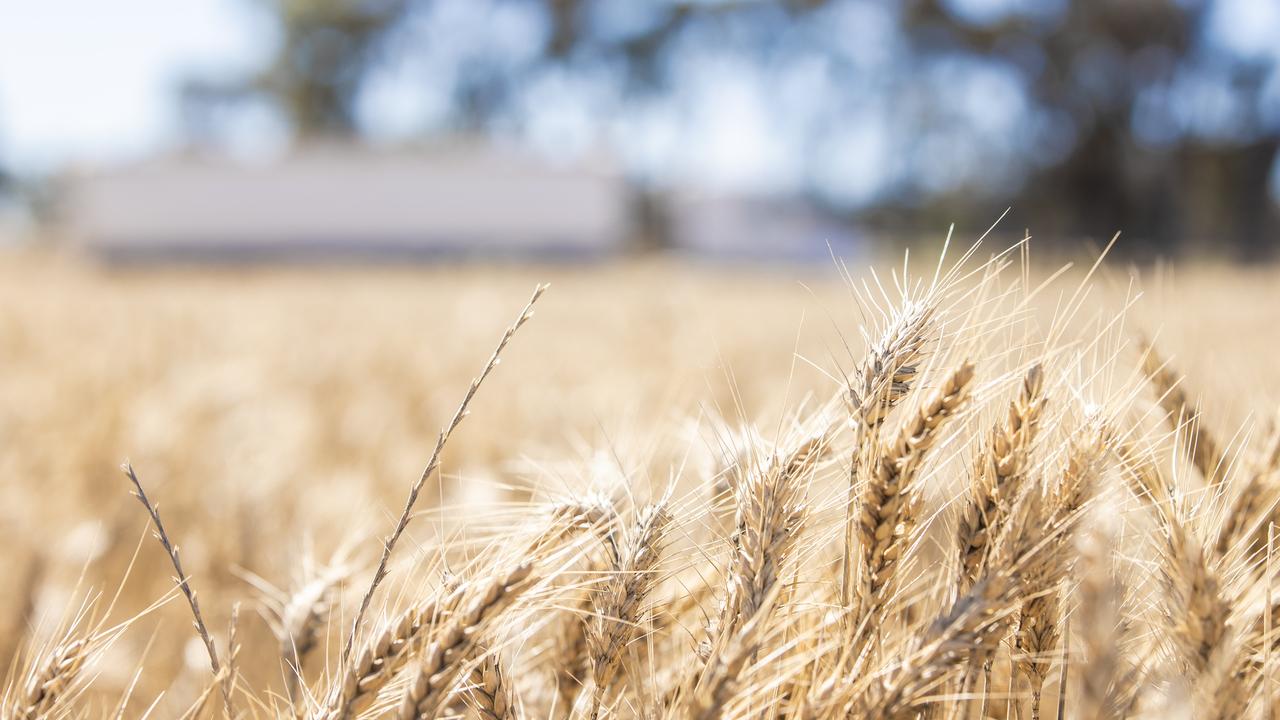Barley prices respectable despite loss of Chinese market
Many growers were not able to react to China’s barley tariffs last year but the performance of barley prices this season may see some content to stick with barley this year.

THE loss of Australia’s main export barley market could see further changes to prices later this year.
As the confirmation of the imposition of Chinese tariffs on Australian barley was not made until May 19 last year, there was limited opportunity for grain growers to change their cropping programs.
With the benefit of time to react, many grain growers are pulling barley out of their rotations.
Those paddocks may be sown to other cereals such as wheat, oats for milling or oats for hay.
Milling oats prices often trade at a $50 a tonne discount to Australian General Purpose wheat but at this time in 2019 and 2020 they were trading at premiums of $110 and $190 a tonne respectively. Milling oats are currently trading at similar levels to AGP wheat.
New export markets are opening up for oats in China and high prices have been paid to import oats from the large production base of Western Australia.
Oats provide growers with a lower risk crop, but supplies can change quickly and demand is limited. Growers may need to enter into a contract with an oat miller to secure premium prices.
In the final wash-up, the prices received for barley this season have been respectable.
During the 2019-20 season, the price spread between Australian Standard White wheat and BAR1 grade barley in the Victorian domestic was $70 a tonne during harvest and March.
When the announcement was made last May, the premium for wheat briefly ballooned out to $110 a tonne.
Ironically, this season, after the imposition of the barley tariffs, the market traded a lower $58 a tonne premium for wheat during the harvest and has traded a $50 spread in the past month. A similar pattern exists for the export oriented prices for wheat and barley delivered into the central handling systems.
When considering domestic prices for the past 10 years, BAR1 grade barley prices are currently sitting on a decile 5.6 while ASW wheat is priced at higher decile of 7.2.
Growers in the Mallee and Wimmera can still achieve more than $200 a tonne ex-farm for barley.
Put simply, compared with last year’s prices, the loss of the Chinese barley market has not led to a deterioration of barley prices relative to wheat prices.
The barley market has been fortunate to see feed demand supported by China’s building of grain stocks and Russia’s imposition of its $78 a tonne wheat export tax.
But what supportive factors will be available next season?
Keep in touch with the latest rural news and information. Download our iOS or Google app and sign up to our email newsletters
MORE
EXPORT BOOM TIPPED FOR AUSTRALIAN GRAIN
AUSTRALIAN MARKET SHARE SURGES ON FALTERING US, EU PRODUCTION


